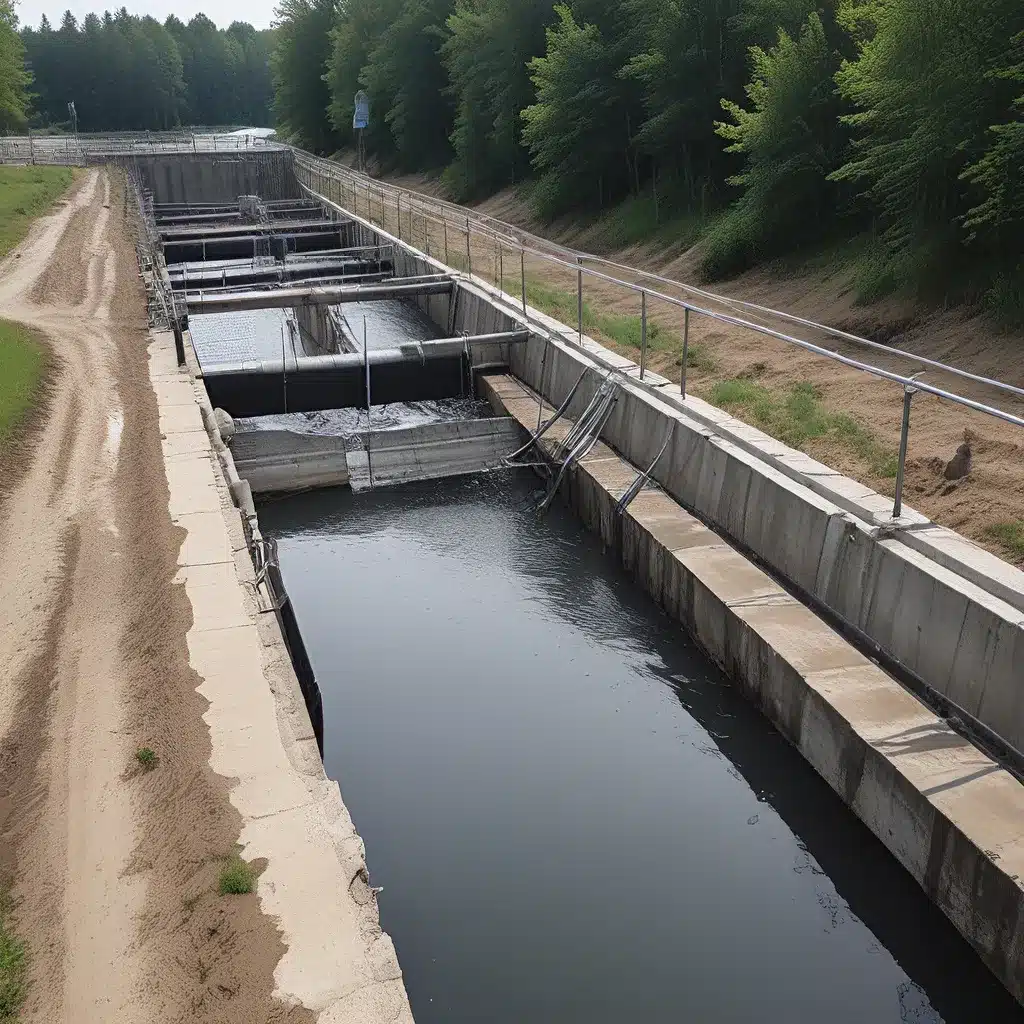
Turning Waste into Wonder: The Rise of Wastewater Innovations
Imagine a world where our wastewater is no longer seen as a burden, but rather as a treasure trove of untapped potential. A realm where the very essence of what we once discarded is transformed into valuable resources, fueling a new era of environmental sustainability. Believe it or not, this vision is no longer just a dream – it’s a reality unfolding before our very eyes.
In an age where resource conservation and sustainable practices are not just valued, but imperative, the transformation of wastewater management paradigms has truly begun. Gone are the days when wastewater was merely an end-of-pipe problem, destined for disposal. Today, we stand at the cusp of a remarkable revolution, where wastewater is emerging as the key to unlocking a more resourceful and environmentally conscious future.
Harnessing the Power of Nature: Constructed Wetlands
One of the most captivating advancements in wastewater treatment is the rise of constructed wetlands. These engineered ecosystems, inspired by the natural world, offer a cost-effective and eco-friendly solution to water purification. Mirroring the intricate processes found in natural wetlands, constructed wetlands leverage the innate abilities of wetland plants and microbial communities to filter and break down contaminants.
Recent studies have showcased the remarkable efficiency of these natural-based systems, capable of treating a wide array of wastewater types, from municipal to industrial. By allowing the water to flow through a carefully designed landscape of plants, gravel, and soil, constructed wetlands are able to remove pollutants, nutrients, and even heavy metals, all while promoting biodiversity and restoring ecological balance.
The beauty of constructed wetlands lies in their symbiotic relationship with nature. “Instead of relying solely on energy-intensive, chemical-laden treatment processes, we’re harnessing the innate power of natural ecosystems to do the heavy lifting,” explains Dr. Olivia Greenfield, a leading expert in wetland ecology. “It’s a win-win scenario – cleaner water for us, and a healthier environment for all.”
Wastewater Treatment Plants: From Waste to Resource
But the transformation doesn’t stop there. In the evolving narrative of wastewater management, treatment plants are no longer seen merely as end-of-pipe solutions. These facilities are transitioning into resource recovery hubs, epitomizing the principles of a circular water economy. Gone are the days when wastewater was simply flushed away; today, these plants are becoming “resource-water plants,” extracting valuable resources from what was once considered waste.
According to industry experts, this shift towards a circular water economy holds immense potential. By recovering resources such as nutrients, energy, and even water, wastewater treatment plants are diminishing the environmental footprint of water management while concurrently offering a new avenue for resource generation, fostering economic sustainability.
“It’s a game-changer,” enthuses Sarah Jennings, a sustainability engineer at a leading water utility. “We’re no longer simply treating wastewater – we’re transforming it into a treasure trove of valuable resources that can be harnessed to power our communities and support our industries.”
Upcycling Wastewater: From Waste to Wealth
But the innovations in wastewater treatment don’t stop there. An exciting frontier is the ability to upcycle wastewater into a diverse array of valuable resources. What was once seen as a burden is now being viewed as a resource trove with the potential to fuel vehicles, provide fertilizer for agriculture, and even capture heat.
Emerging technologies are unlocking the hidden treasures within wastewater, transforming it into a vital component of a more sustainable and resource-efficient future. “By tapping into these opportunities, cities and industries can significantly reduce their dependence on traditional resources,” explains Dr. Liam Donovan, a water policy expert. “It’s a paradigm shift that’s reshaping the way we think about waste management and resource utilization.”
For instance, extracting heat from wastewater showcases a novel way to harness energy, reducing the burden on communities. Similarly, transforming wastewater into fuel and fertilizer addresses waste management challenges and contributes to creating a more resource-efficient and sustainable urban-industrial ecosystem. The possibilities are endless, and the implications are profound.
A Sustainable Future, One Flush at a Time
As urban centers continue to burgeon and climate adversities escalate, the demand for innovative wastewater treatment and resource recovery solutions will only intensify. The insights and advancements we’ve explored in this article underscore the transformative potential of wastewater innovations in fostering a more sustainable and resource-efficient future.
Through embracing and advancing these wastewater treatment innovations, we inch closer towards a reality where water as a resource is utilized to its fullest potential, heralding a new era of sustainable urban and industrial water management. And who knows, perhaps one day, our humble flush will be the catalyst for a brighter, more resourceful tomorrow.
So, let’s raise a glass (or a bottle of water) to the future of wastewater – a future where waste becomes wonder, and our environmental impact becomes a source of pride. Inland Waters Inc. is proud to be at the forefront of this sustainable revolution, helping communities and industries alike harness the power of wastewater innovation.


